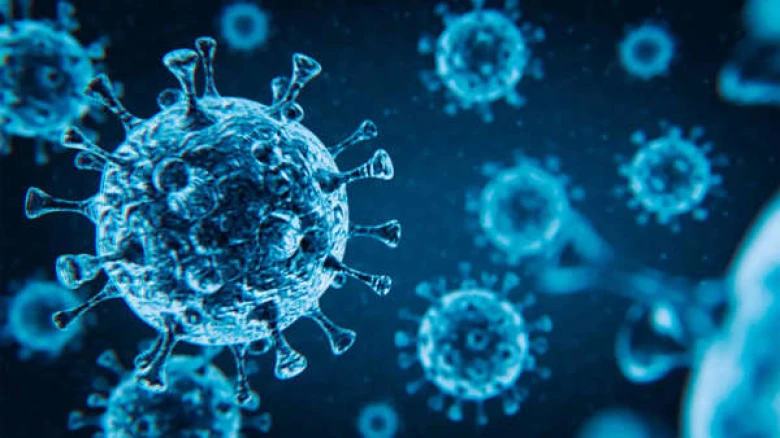Regional

The Gujarat Biotechnology Research Center reportedly detected this...
Digital Desk: With Diwali only a week away, health experts have advised caution as the covid strains BA.7 and BA.5.1.7 are thought to be extremely contagious and more transmissible.
The Gujarat Biotechnology Research Center reportedly detected this new Omicron variant.
After originating from a part of Mongolia in China, the Omicron sub-variants BA.5.1.7 and BF.7 are now spreading to other areas and creating new risks.
Health experts have suggested extra precautions be taken since the five-day Diwali festival involves a lot of parties and get-togethers. Social distancing and masking up remain the primary defence against the lethal virus.
BF.7 can evade the antibodies from prior diseases or immunizations better than the several other omicron sub-variants, according to two scientific studies.
Covid cases surge in Delhi
According to official statistics, Delhi is witnessing an increase in Covid-19 cases, with the test positivity rate rising above 2%.
Delhi observed 135 new cases of Covid-19 despite the fact that no deaths were reported in the previous two days. Last week, the city witnessed 112 cases with a 1.75 percent test positivity rate, and on Saturday, there were 130 cases with a 1.84 percent positivity rate.
Is the new Omicron variant lethal?
Experts have voiced alarm about the new variant's pace of transmission, which preliminary evidence suggests can penetrate the layer of vaccination immunity.
Symptoms of Omicron BF.7
The symptoms of Omicron BF.7 are the same as those of all other variants, however, doctors believe that body pains are significantly more severe.
1. Congestion
2. Sore throat
3. Fatigue and tiredness
4. Cold and cough
5. Runny nose
6. High fever
Leave A Comment